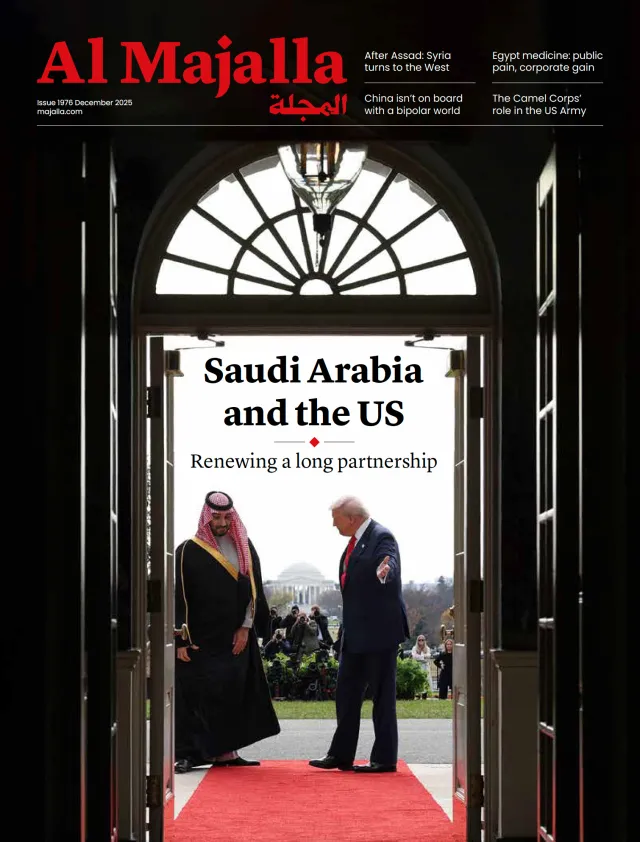Gulf states are seeking to transform their economies away from oil by strengthening the role of non-oil sectors, but the process is not easy. While some have chalked up a degree of success, fully ending states’ reliance on oil revenue will remain challenging for a period.
There are several drivers behind this diversification, not least the decline in oil revenue over the past decade, as the United States—for decades, a client—ramped up its own oil and gas production to become an exporter. It did so following the development of shale oil and gas extraction technologies, which have proven to be both efficient and cost-effective.
The type of energy consumed is also changing. Solar power is now produced at increasingly low costs, and renewable energy more widely plays a greater role in electricity generation, which is becoming more important as auto manufacturers move from oil-derived fuel (petrol and diesel) to electric vehicles (EVs).
While the world still largely runs on oil and gas, the trends are now clear, posing significant challenges to oil-dependent economies, including the Gulf states. The question, therefore, becomes not ‘whether’ their economies should transition and diversify away from hydrocarbons but ‘how’ and ‘how fast.’
Tourism sector
Gulf countries need to understand whether and where they have a comparative advantage in a given economic activity, and if so, how it can best be leveraged to contribute to the nation’s gross domestic product (GDP) and how it can best boost the participation of national labour in the workforce.












